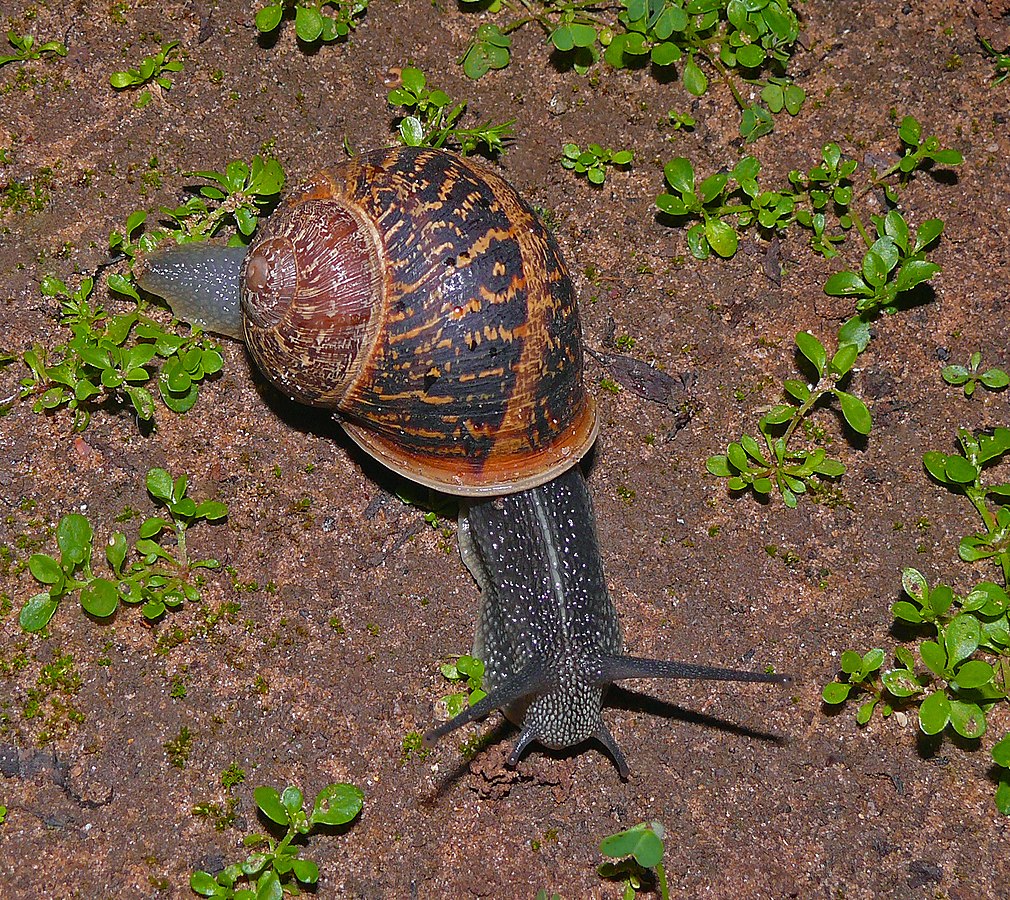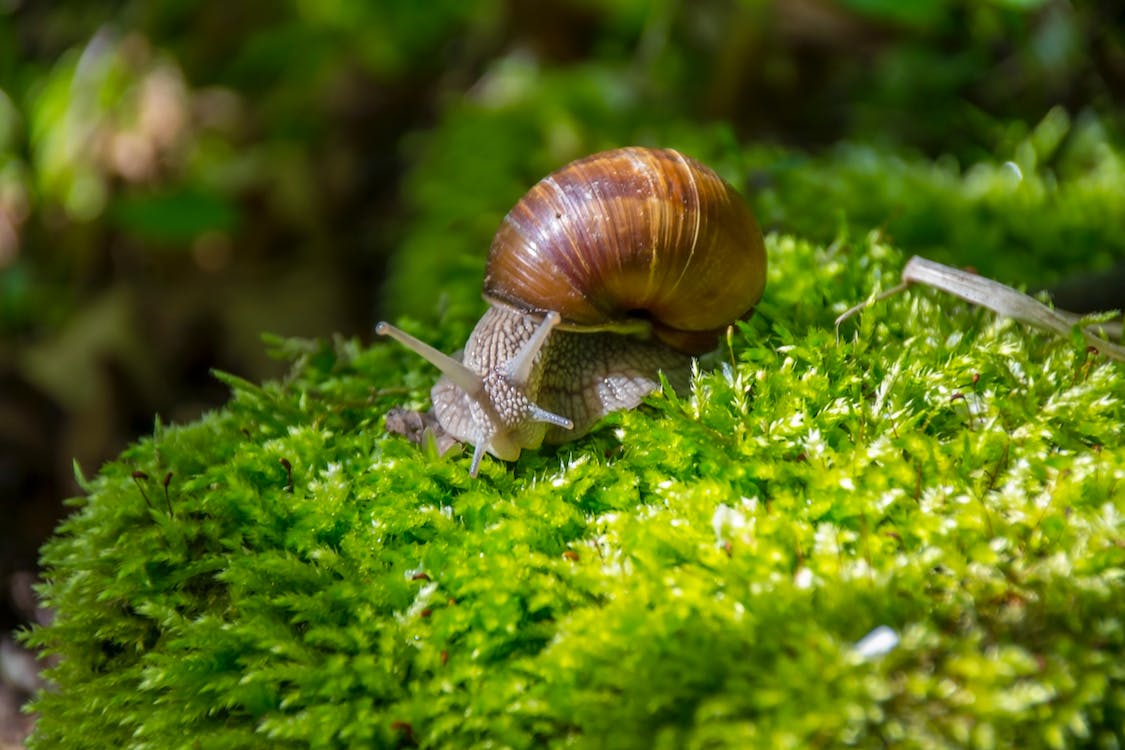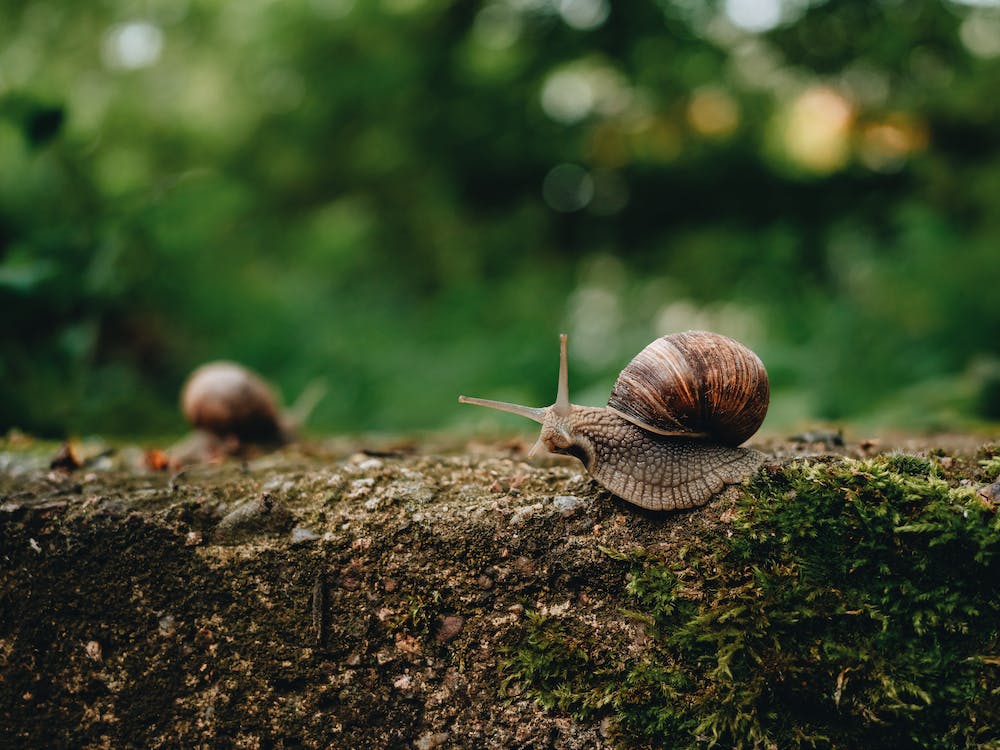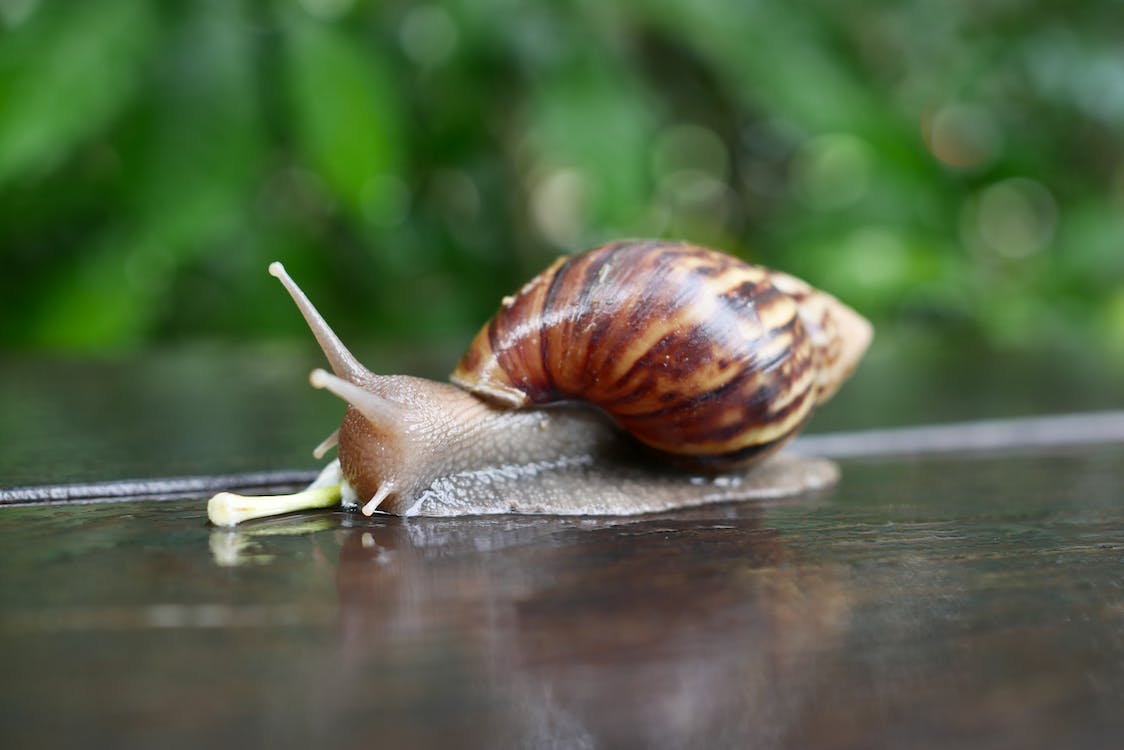Who knew that snails, the often-overlooked beings in our gardens, require such a dedicated spot to thrive and survive? Well, grab your detective glasses as we embark on an enlightening journey exploring an appropriate habitat for snails. From the chalky soil they love to the definitive role plants play, we’ll cover everything! Surprisingly, you’ll find them not just in wild gardens, but also in untouched nature spaces and, yes, even cemeteries!
Decoding the Love of Snails for Chalky Soil

So, what about snail habitats makes them dig chalky soil? Due to the perks they get from the chemistry involved! Here’s the deal:
- Snails adore soil with high calcium or limestone content. They need it for shell development and growth.
- Nature-rich areas packed with vegetation usually have this type of soil—a great benefit for our small munchers.
What about Forests?
You’d expect forests to be an ideal snail habitat, given the dense vegetation and leaf litter, right? Interestingly, snails aren’t significant forest roamers! The forest soil is often sour and unappealing to the snails. Sparse plant variety also reduces their food options, making forests less ideal for snails.
Plants – Not Just a Food Source!

In the world of snails, plants are not just dinner. They provide much-needed protection from extreme sun and heat conditions. The shade offered by plants promotes the dampness and humidity needed in a snail habitat, keeping our little friends cool and hydrated. Of course, there are some sun-loving snails that endure well in open terrains, thanks to their protective shells. Even those, however, need water and shady areas to thrive.
The Soil – There’s More to it!

Yes, chalky soil with hints of limestone works wonders for the snails, but that’s not all there is to it:
- Snails can also delight in earth rich in clay content as long as it’s not too acidic.
- This type of wet, clay-rich soil common in mountain regions makes for an ideal snail habitat. Moreover, you can mimic this environment in your backyard!
Steps to Create Your Snail Habitat

If you’re a snail enthusiast, consider creating a snail-friendly space in your garden. Here’s a simple guide:
- Get a wooden container and fill it with moist, loose soil that meets the above-mentioned requirements.
- Remember to provide shelter and warmth for cold winters.
- Ensure the container’s lid is porous enough for air circulation but secure enough to restrict your snail population from exploring beyond their boundaries!
Hold on, before you say yuck to the idea because snails are known to feast on garden plants, let’s look at their other side! They help to fight off slugs and, for lovers of exotic food, snails can be a delicacy!
Ready for a French Delight?
For those seeking a taste of France, snails make an enticing meal. Cook ’em up after a thorough cleaning and bowel-emptying rest period. Pair them with herb and garlic butter for a truly French experience. Bon Appétit!
Related Resources: